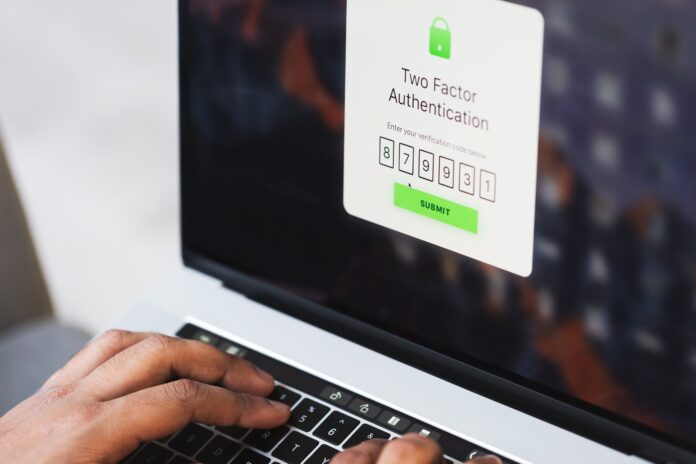Last year after the rise of the global pandemic, many organizations were forced to ask their employees to work from home. While working remotely has its own benefits, it comes with some issues for employers to ponder.
The work-from-home culture has raised a major security concern for organizations as most employees are working on personal devices connected to networks that may or may not be secure. Cyberattackers would never let go of such an opportunity to infiltrate an organization.
With the remote-working lifestyle going to continue for more time, it is imperative for organizations to train their remote-working employees on cybersecurity.
Here are factors that the organizations should make their employees aware of while the work from home.
Get Knowledge on the Latest Cyberattacks
Organizations should make their workers informed about the latest happenings in the cybersecurity world. All remotely working employees must follow cybersecurity blogs and technology news portals to know about what new tricks cyberattackers are using to infiltrate the systems and networks.
Use VPN
The most essential thing employers should convey to their employees is to use a robust VPN service while working remotely. Other than providing access to geo-restricted content, a VPN has a lot more advantages. Organizations must provide a VPN subscription to all of their workers and make them aware of the important role of VPN in protecting their data as well as the company’s privacy. VPN encrypts all of the internet data and hides it from ISPs.
Avoid Social Engineering Tricks
Since the growth of remote-working culture, the infiltrators are aware of the vulnerable systems the IT employers are working on. They are using social engineering tricks to lure the users and infiltrate the loosely secured systems. Phishing is one of the most conducted social engineering attacks. It can trap users into providing sensitive organization information and data. Phishing has been on the rise with double the speed. Its infection was doubled in 2020 as compared to 2019. Employees must be trained to tackle the social engineering tricks and avoid any infiltration. The most popular way to conduct phishing is through emails. Every IT worker must be able to spot fake email offers and warnings sent by cyberattackers, which initiate the scams.
Enable Multi-Factor Authentication
Employees must be made aware of the benefits of implementing multi-factor authentication on all of their organizational accounts. In that way, even if their credentials fell into the wrong hands of the cyberattackers, their account would remain inaccessible. Enabling multi-factor authentication has other advantages too. If someone is trying to infiltrate an account with multi-factor authentication, it will alert the employee, and then the employee can convey this to the organization’s security officials.
Regularly Update Devices
Remote-working employees must regularly update their devices’ operating systems, drivers, and applications. Regularly updating the OS would ensure that the latest security patches are installed on the device, and all the security vulnerabilities are fixed. Similarly, updating the drivers and applications will not only ensure the smooth working of the system; it also makes sure that the security loopholes in the applications are handled.
Use an Encryption Tool
Since all the employees are working from their respective places, they might have to regularly communicate and share files and data with each other. The employers must make sure that the mode of communication is secure and encrypted. If infiltrators are able to hack the conversations between employees, they might get their hands on secret files and documents. A robust encryption tool must be used for sharing confidential data across the internet.
Use Security Solutions
It is essential for a remote-working employee to equip their working device with a dedicated, robust security solution so that the device is safe from all types of incoming threats. The security programs are specifically designed to block threats from entering the device. Even if malware gets into the system, the security programs like antimalware have the ability to detect threats in the system and remove them. The firewall should also be enabled. A firewall acts as a defense line between a system and the network. It monitors the incoming and outgoing network and prevents malware entry into the device and data leaking from it. The employees must make sure to regularly update the security programs so that no latest threat remains undetected.
Bottom Line
Although working from home has raised the chances of a cyberattack on the organization, by acting on the points mentioned in this post, remote working can be made secure stress-free. It is not only the responsibility of employers to ensure total security, but employees must also take the security seriously and avoid common mistakes like accessing public Wi-Fi without VPN, downloading email attachments from unknown senders, and more such avoidable mistakes.
Find a Home-Based Business to Start-Up >>> Hundreds of Business Listings.


















































Thanks for the article! We’ve been using MyAirBridge as our cloud platform and it’s been really amazing. Very reliable, secure and affordable service with a great teamwork feature. So helpful since most of our employees work from home due to the pandemic.